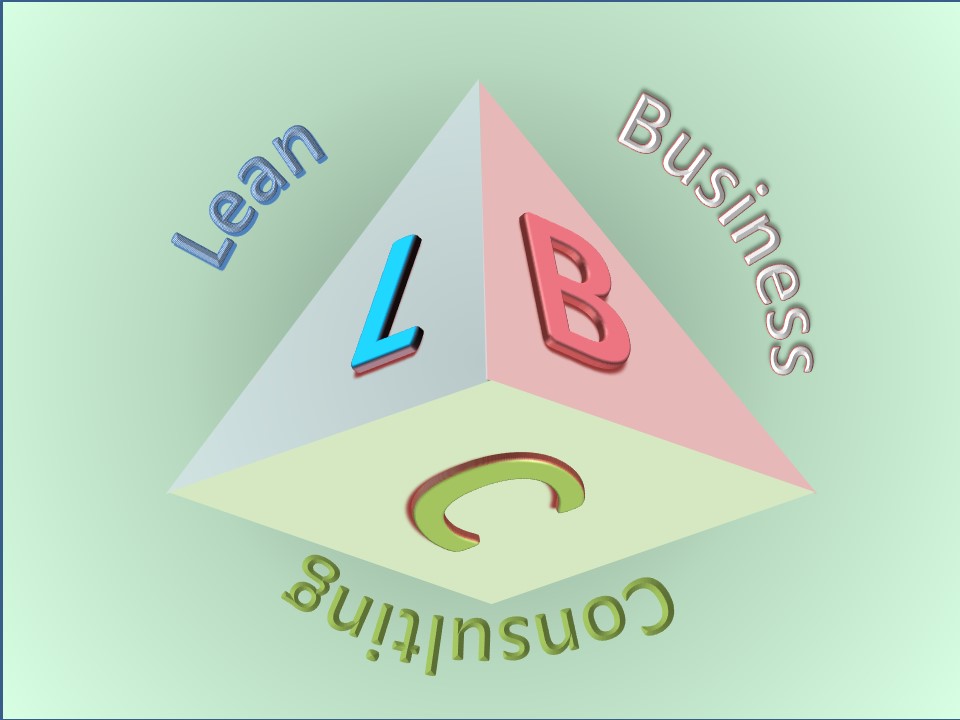Let me first translate the word “Gemba”. It means shop floor and is the area where manufacturing takes place, therefore a key element for lean manufacturing.
The stories I am going to describe are real but not the names, paying respect to the individuals and the companies. They are not intended to be of high theoretical value or break through revelations. On the contrary they are very practical and digestible, aiming to give simple but very efficient examples of the improvements that can take place on the shop floor....
... carried out by machine operators with little engineering support. The first story goes as follows.
In the packing hall of a foods company John was working as machine operator of a long packing line. The Production Department, after a Pareto analysis of the line downtime, had identified that the cartoning machine of this packing line used to stop very often destroying the carton and the product. The operators used to react by changing the adjustments of the cartoning machine; in fact the machine was packing two different carton sizes. With the assistance from the Packaging Development John decided that he should fix the settings of the cartoning machine for the two carton sizes. So he cut pieces from a measuring tape and fixed them on the machine. Then using the standard carton dimensions he got from the Packaging Development, he marked on the tapes the appropriate settings. In this way he expedited the machine format change over and eliminated the downtime as well as the waste due to this reason. John was very proud to present his improvement, which was welcomed as the first zero-loss improvement (zero-loss Kaizen) for the packing line but also for the whole packing department.
However, as is usually the case with the improvement projects, John realised that there were some stoppages still left over on this machine. The problem was that the suction caps used by the machine to hold in place and to open the flat cartons (envelope type) used to be blocked by the dust and fluff laying on the cartons surface. This caused a minimum 5 min stoppage each time to remove, clean and put the suction cup back. The trick that came up to John’s mind was to reverse the air flow through the sucking cup, so that it blows instead of sucks. This required some help from the electricians.
The result was a clear 5 percentage units increase of the Overall Equipment Efficiency (OEE) of the packing line, which corresponds to 24 minutes extra net running time for the packing line per shift.

